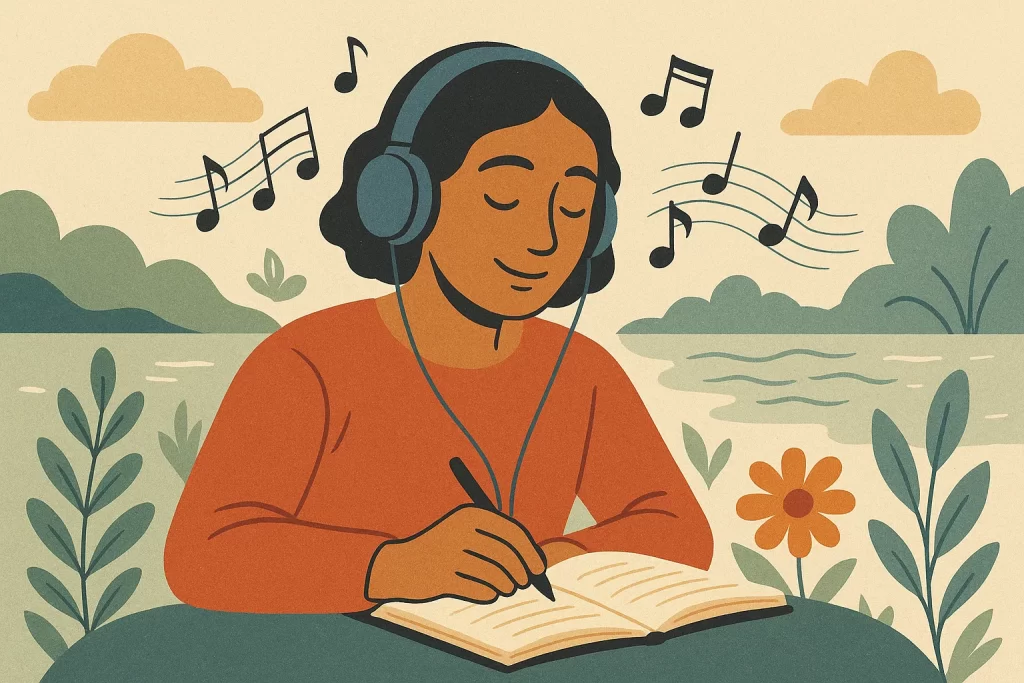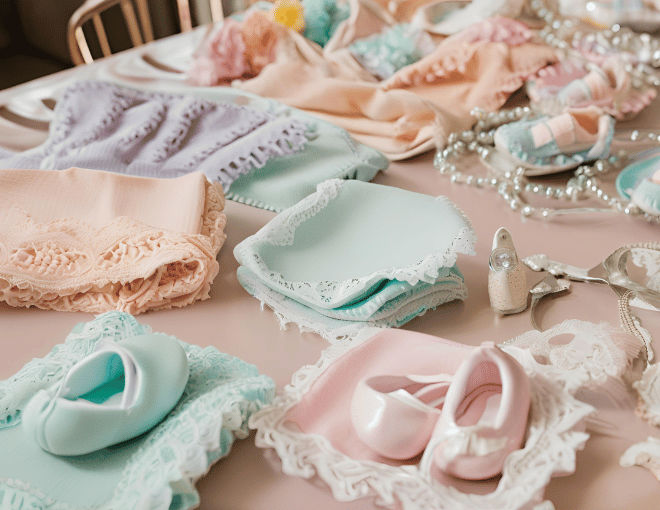When Movers Carry Melodies: The Quiet Heart of Queens Musicians’ Transitions

While moving involves logistics, packing, and boxes, for many entertainers in Queens, it carries a much deeper emotional significance.
Queens movers feel the weight of their jobs in a special way, not only as physical labor but also as quiet conscience carriers of so much more than things.
The Weight of More Than Gear
Relocating is a special event for a musician. It is the only time they move their instruments. No, they are not just tools; rather, they serve as supplementary to the art.
All of their equipment is extra fragile. Movers in Queens don’t just throw on a hundred-pound case; they are moving one of many sheets of someone’s fragile artistic voice.
Every time they shift and lift, they are throwing on a bit of emotional weight in the form of old pedals that have been on the road for a decade and gut-wrenching emotional pieces from a night of lost sleep.
Home of a Sound Sanctuary
The layout of the queen’s apartments is often not ideal for studio settings. We have seen many artists transform the tiny living room or the bright corner of the room into a Japanese-inspired Zen craft nook.
Movers aren’t just moving boxes. They are Moving to a place where sweet sounds have, and will continue to, float freely.
Unpacking and arranging boxes is often the slow and emotional (for the artists) process of revitalizing their musical sanctuary, and the attention to detail from the movers is a valued part of the process.
ALSO READ: From Stage to Stick: How Custom Printed USBs Empower Indie Musicians to Share Their Sound
Truck and Trust
The value of trust cannot be overstated within the music industry. Trust whether a mover understands the worth of what they haul.
When transporting instruments, a trust violation can occur due to damage caused by a careless action or an improper move.
Movers Queens. Custom crating, wrapping touch, and communicating care elevate service to protection.
Change and New Beginnings
Change comes to all in the form of a move. For a musician, it can be the next chapter in their artistic journey.
Relocation can indicate a shedding of the old and a hope to build something new. Movers, in addition to transporting an assortment of belongings, also help navigate the emotional haul of the past performances, heartaches, and victories.
Roots of Community in Every Lift
Astoria requires a boat of jazz, Jackson Heights a Latin boat of percussion, Long Island City a hip-hop boat of producers, and a large wandering boat of community music.
Every community, and every local moving company, has Astoria, Jackson Heights, and Long Island City.
Those local movers know their districts, and even the apartment buildings, and what their artistic clients care about.
This local knowledge helps movers navigate tight staircases with a keyboard or laser focus on large crates of vinyl down multiple blocks.
Creatives transition into movers, while movers become familiar figures in the interconnected creative narratives of Queens’ multi-musical community.
Read More When Movers Carry Melodies: The Quiet Heart of Queens Musicians’ Transitions

 When people think about branding, they usually picture logos, color schemes, or catchy slogans. But one of the most potent tools in branding is something you can’t see at all: sound.
When people think about branding, they usually picture logos, color schemes, or catchy slogans. But one of the most potent tools in branding is something you can’t see at all: sound. E-bikes have transformed the way people move around cities and explore new places. They have also opened up a new kind of social experience, especially when music is part of the ride. Instead of being just a way to get from one point to another, talaria xxx pro e-bike rides can turn into shared moments that feel more like events.
E-bikes have transformed the way people move around cities and explore new places. They have also opened up a new kind of social experience, especially when music is part of the ride. Instead of being just a way to get from one point to another, talaria xxx pro e-bike rides can turn into shared moments that feel more like events. Upright and grand pianos are among the most challenging instruments to relocate. Their size, weight, and inner complexity make them vulnerable during transport. Keys, pedals, strings, and soundboards must all remain intact and undisturbed. Even slight jostling can ruin alignment.
Upright and grand pianos are among the most challenging instruments to relocate. Their size, weight, and inner complexity make them vulnerable during transport. Keys, pedals, strings, and soundboards must all remain intact and undisturbed. Even slight jostling can ruin alignment.
 KTV, or karaoke television, has been a staple of nightlife and social gatherings across Asia for decades. From private rooms in Taiwan to flashy lounges in South Korea and casual karaoke bars in the Philippines, people gather to sing their hearts out. Even at spots like 호치민 가라오케, certain tracks get played over and over again. But not all songs get equal love. Some genres have become go-to choices, dominating KTV playlists everywhere. So what are people singing?
KTV, or karaoke television, has been a staple of nightlife and social gatherings across Asia for decades. From private rooms in Taiwan to flashy lounges in South Korea and casual karaoke bars in the Philippines, people gather to sing their hearts out. Even at spots like 호치민 가라오케, certain tracks get played over and over again. But not all songs get equal love. Some genres have become go-to choices, dominating KTV playlists everywhere. So what are people singing?

 A home is more than just walls and a roof. It is a space where comfort, creativity, and relaxation come together. Music plays a big role in shaping the atmosphere, and so do the windows that bring in natural light and fresh air. Whether you are upgrading your home’s sound system or house window replacement, both can make a big difference in how you experience your space.
A home is more than just walls and a roof. It is a space where comfort, creativity, and relaxation come together. Music plays a big role in shaping the atmosphere, and so do the windows that bring in natural light and fresh air. Whether you are upgrading your home’s sound system or house window replacement, both can make a big difference in how you experience your space. A good Connecticut roofer creates a lasting impression rather than only laying a roof. They take into account your particular needs, the architectural style of your house, and the surroundings to design a roof that is both aesthetically appealing and practical.
A good Connecticut roofer creates a lasting impression rather than only laying a roof. They take into account your particular needs, the architectural style of your house, and the surroundings to design a roof that is both aesthetically appealing and practical. Music affects the brain by releasing dopamine, a neurotransmitter associated with pleasure and motivation. This can lead to heightened focus and reduced stress levels. Certain types of music, like classical or ambient sounds, are known to improve concentration, while upbeat tunes can energize employees and improve morale.
Music affects the brain by releasing dopamine, a neurotransmitter associated with pleasure and motivation. This can lead to heightened focus and reduced stress levels. Certain types of music, like classical or ambient sounds, are known to improve concentration, while upbeat tunes can energize employees and improve morale.
 If you’re into streaming music, you might have heard of VPNs (Virtual Private Networks) and proxies. Both can help you access content and protect your privacy online, but they work differently. Let’s break down how VPNs and proxies compare
If you’re into streaming music, you might have heard of VPNs (Virtual Private Networks) and proxies. Both can help you access content and protect your privacy online, but they work differently. Let’s break down how VPNs and proxies compare  Music and event models are essential in the event industry. They work together to create unforgettable experiences for attendees. The right combination of music and the presence of professional models can significantly enhance the atmosphere and energy of any event. Whether it’s a corporate gathering, a product launch, or a fashion show, the synergy between music and models sets the tone for the entire event.
Music and event models are essential in the event industry. They work together to create unforgettable experiences for attendees. The right combination of music and the presence of professional models can significantly enhance the atmosphere and energy of any event. Whether it’s a corporate gathering, a product launch, or a fashion show, the synergy between music and models sets the tone for the entire event.





 For anyone fortunate enough to share their space with a feline friend, it’s clear that cats aren’t just creatures of habit, they are also creatures of taste. Their distinct personalities not only dictate where they nap or the toys they prefer but also their penchant for particular sounds, including music.
For anyone fortunate enough to share their space with a feline friend, it’s clear that cats aren’t just creatures of habit, they are also creatures of taste. Their distinct personalities not only dictate where they nap or the toys they prefer but also their penchant for particular sounds, including music. Arijit Singh an Indian musician who rose to prominence in his country as a
Arijit Singh an Indian musician who rose to prominence in his country as a  As a playback singer, Arijit Singh has also recorded songs that actors lip synched as movie tracks. In India, actors who are not confident with their singing skills to avoid instances of singing out of tune, opt to lip sync instead. They prefer to lip sync the voice of playback singers who recorded the track separately.
As a playback singer, Arijit Singh has also recorded songs that actors lip synched as movie tracks. In India, actors who are not confident with their singing skills to avoid instances of singing out of tune, opt to lip sync instead. They prefer to lip sync the voice of playback singers who recorded the track separately.





 As a musician, earning a living from your craft can be challenging. From touring costs to recording expenses, the financial demands of the music industry can be significant. Unfortunately, financial mismanagement can often lead to bankruptcy. In this article, we’ll discuss some strategies and tips that can
As a musician, earning a living from your craft can be challenging. From touring costs to recording expenses, the financial demands of the music industry can be significant. Unfortunately, financial mismanagement can often lead to bankruptcy. In this article, we’ll discuss some strategies and tips that can 

